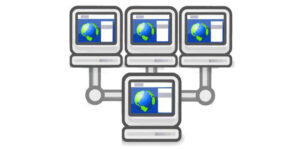
Your Corporate Culture: What’s Inside?
Increasingly, corporate culture is considered essential to business success. But what is it, really — and why should we care?

Increasingly, corporate culture is considered essential to business success. But what is it, really — and why should we care?

Virtual teams make great business sense. But before you unleash your workforce, it pays to develop a coordinated technology plan.

Why is this “The Year of Big Data” in HR? And what will it take for HR decision makers to gain business value from a rapidly rising tide of data? Our community takes a closer look…

“Big data” is all the rage. But what does it really mean, and how can HR professionals apply if effectively for better business decisions? #TChat takes on the big questions about data…